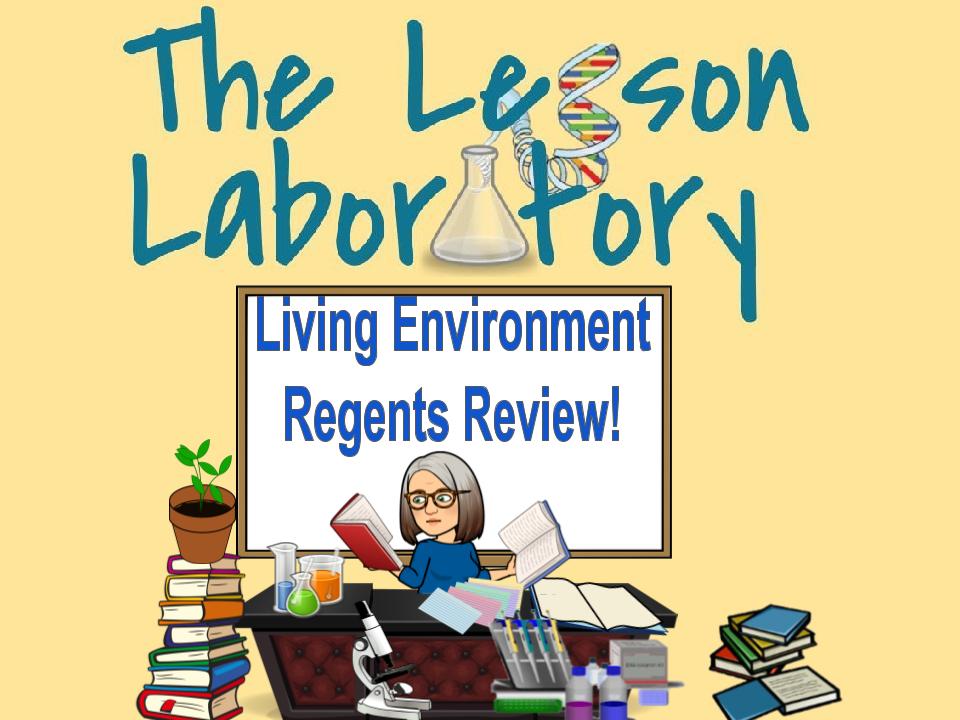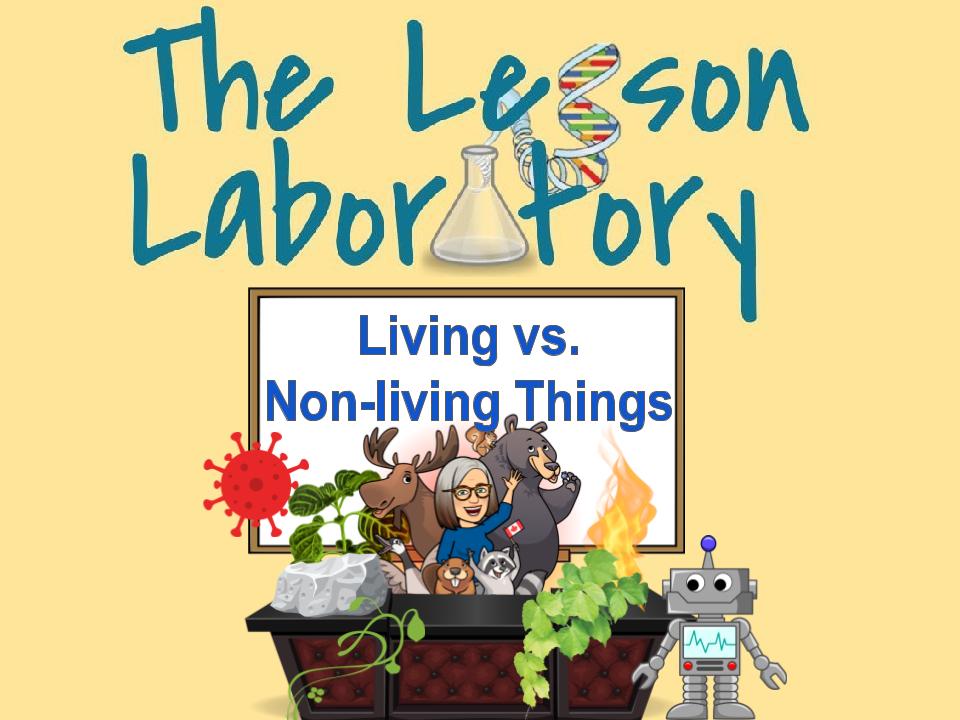Details
Languages
English
Grade
9th, 10th, 11th, 12th
Resource Type
Activities, Interactives
Product
Digital
Pages
69 Pages
Subject
Science, Biology
Standard
Next Generation Science Standards
Description
Unlock the Wonders of Evolutionary Trees: A Dynamic Learning Experience!
Embark on an exciting journey of discovery with our comprehensive Google Slides lesson designed for remote learning. This engaging tutorial is meticulously crafted to empower students with a deep understanding of evolutionary trees while mastering the art of constructing the most parsimonious tree from a given dataset. Dive into the world of biological relationships like never before through a series of captivating student tasks that promise both education and enjoyment.
What Awaits You:
Connecting Evolution to Family Trees: Begin by unraveling the fascinating similarity between evolutionary trees and family trees. Explore a four-generation family tree, answer intriguing questions, and set the stage for an enlightening exploration.
The Unity of Life Unveiled: Delve into the interconnectedness of all living beings. Grasp essential rules and conventions governing evolutionary trees that will form the foundation of your understanding.
Gene Trees and Divergence: Immerse yourself in a riveting video journey that unveils the split between polar bears and brown bears using gene trees. Witness the power of genetic evidence in tracing the history of life.
The Quest for Parsimony: Uncover the concept of parsimony in constructing evolutionary trees. Engage in interactive activities, where you'll discern the most parsimonious tree from a set, refining your analytical skills along the way.
Craft Your Evolutionary Masterpiece: Collaborate as a class to construct a tree from real organism features. Immerse yourself in the process, learning to piece together the puzzle of evolutionary relationships.
The Solo Expedition: Independently construct a tree for a set of fictional organisms called "squidgens." Apply your newfound expertise to create a parsimonious tree that stands as a testament to your growth.
Revelations through DNA: Unearth the astonishing impact of molecular evidence on our understanding of life's relationships. Select from a curated list of organism sets, predict connections based on appearance, and then unveil the truth using gel electrophoresis results to construct your own parsimonious DNA-based tree.
Dive Deeper with Intriguing Sets: Select from a captivating array of organism sets to unravel their intricate relationships:
Camels, Whales, Hippos, Pigs: Decipher the ties between seemingly diverse creatures.
Rhinoceroses, Rock Hyraxes, Wombats, Elephants: Unearth connections that transcend appearances.
Douglas Fir Tree, Daisy, Oak Tree, Moss: Explore the botanical world's hidden bonds.
Palm Tree, Cycad, Orchid, Grass: Dive into the plant kingdom's secrets of evolution.
Tortoise, Common Grackle, Bearded Dragon, Alligator: Bridge the gap between reptilian wonders.
Chimpanzee, Gorilla, Orangutan, Human: Trace our evolutionary journey among primates.
Pill Bug, Spider, Japanese Beetle, Lobster: Uncover surprising links in the world of arthropods.
Fly Amanita, Coral Cactus, Amoeba, Cheetah: Connect the threads between the most unlikely organisms.
Barnacle, Clam, Octopus, Sponge: Plunge into the mysteries of marine life's evolution.
Paramecium, E. coli Bacteria, Myxozoa, Giraffe: Decode the microscopic world's grand connections.
Engage, Learn, and Flourish: Our remote learning ready package promises a journey of exploration, insight, and mastery. Equip yourself with the knowledge and skills that define evolutionary science and unravel the tapestry of life's interconnectedness. Join us today and embark on a path of intellectual growth like never before!
Embark on an exciting journey of discovery with our comprehensive Google Slides lesson designed for remote learning. This engaging tutorial is meticulously crafted to empower students with a deep understanding of evolutionary trees while mastering the art of constructing the most parsimonious tree from a given dataset. Dive into the world of biological relationships like never before through a series of captivating student tasks that promise both education and enjoyment.
What Awaits You:
Connecting Evolution to Family Trees: Begin by unraveling the fascinating similarity between evolutionary trees and family trees. Explore a four-generation family tree, answer intriguing questions, and set the stage for an enlightening exploration.
The Unity of Life Unveiled: Delve into the interconnectedness of all living beings. Grasp essential rules and conventions governing evolutionary trees that will form the foundation of your understanding.
Gene Trees and Divergence: Immerse yourself in a riveting video journey that unveils the split between polar bears and brown bears using gene trees. Witness the power of genetic evidence in tracing the history of life.
The Quest for Parsimony: Uncover the concept of parsimony in constructing evolutionary trees. Engage in interactive activities, where you'll discern the most parsimonious tree from a set, refining your analytical skills along the way.
Craft Your Evolutionary Masterpiece: Collaborate as a class to construct a tree from real organism features. Immerse yourself in the process, learning to piece together the puzzle of evolutionary relationships.
The Solo Expedition: Independently construct a tree for a set of fictional organisms called "squidgens." Apply your newfound expertise to create a parsimonious tree that stands as a testament to your growth.
Revelations through DNA: Unearth the astonishing impact of molecular evidence on our understanding of life's relationships. Select from a curated list of organism sets, predict connections based on appearance, and then unveil the truth using gel electrophoresis results to construct your own parsimonious DNA-based tree.
Dive Deeper with Intriguing Sets: Select from a captivating array of organism sets to unravel their intricate relationships:
Camels, Whales, Hippos, Pigs: Decipher the ties between seemingly diverse creatures.
Rhinoceroses, Rock Hyraxes, Wombats, Elephants: Unearth connections that transcend appearances.
Douglas Fir Tree, Daisy, Oak Tree, Moss: Explore the botanical world's hidden bonds.
Palm Tree, Cycad, Orchid, Grass: Dive into the plant kingdom's secrets of evolution.
Tortoise, Common Grackle, Bearded Dragon, Alligator: Bridge the gap between reptilian wonders.
Chimpanzee, Gorilla, Orangutan, Human: Trace our evolutionary journey among primates.
Pill Bug, Spider, Japanese Beetle, Lobster: Uncover surprising links in the world of arthropods.
Fly Amanita, Coral Cactus, Amoeba, Cheetah: Connect the threads between the most unlikely organisms.
Barnacle, Clam, Octopus, Sponge: Plunge into the mysteries of marine life's evolution.
Paramecium, E. coli Bacteria, Myxozoa, Giraffe: Decode the microscopic world's grand connections.
Engage, Learn, and Flourish: Our remote learning ready package promises a journey of exploration, insight, and mastery. Equip yourself with the knowledge and skills that define evolutionary science and unravel the tapestry of life's interconnectedness. Join us today and embark on a path of intellectual growth like never before!
Unlock the Wonders of Evolutionary Trees: A Dynamic Learning Experience! Embark on an exciting journey of discovery with our comprehensive Google Slides lesson designed for remote learning. This engaging tutorial is meticulously crafted to empower students with a deep understanding... more




















